Comparative Analysis of the Experience and Morphology of Collective Transport Systems and their Cities: CAMMM Atlas as Didactic Tool for Planning Sustainable Mobility
Project overview
The project focuses on developing the CAMMM Atlas web application, which aims to illuminate the relationship between urban structure, public transit systems and city services. Currently partnered with l’Autorité régionale de transport métropolitain (ARTM), the tool offers comparative insights into Canadian and global cities.
The CAMMM Atlas is part of the CoLLaboratoire for Activating Multi-modal Mobility (CAMMM) research project, which analyzes how transit systems and city structures interact in various cities. By better understanding this relationship, the project aims to enhance sustainable mobility options and facilitate decarbonization of urban communities. The atlas features concepts like urban morphology, topological analysis and network assessment to evaluate transit systems and surrounding services.
The atlas employs varied visualization methods, such as maps, bar graphs and lists to communicate data richness effectively. However, data collection isn't straightforward due to variations in transit data formats and the need for context-specific information. The atlas must be continually updated to reflect changes in transit services and collaboration with local transport authorities is vital to gather comprehensive data.
Key project details
| Principal investigator | Pierre Gauthier, associate professor, Geography, Planning and Environment, Concordia University |
Co-principal investigators |
Carmela Cucuzzella, professor and dean, Faculty of Environmental Design, Université de Montréal; Isabelle Thomas, professor, Université de Montréal; |
Research collaborators |
Jean-Francois Cantin, Sébastien Lord, Marie Michele Cauchy |
| Non-academic partners | l’Autorité régionale de transport métropolitain, Ivanhoe Cambridge Observatoire, CAMMM Atlas |
| Research Keywords | Urban morphology, public transport, web atlas, GIS mapping, sustainable mobility, resilient communities, governance |
| Budget | Cash: $200,000 In-Kind: $20,000 |
Research focus
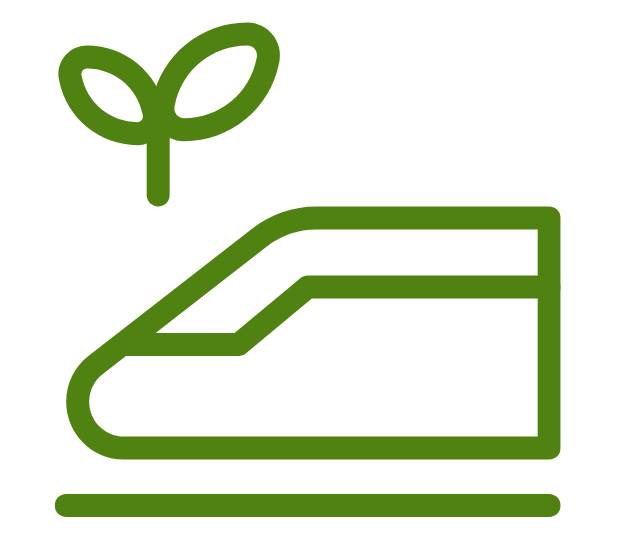
Automating analysis processing
This area focuses on streamlining analysis processes for transit data. Tasks include standardizing General Transit Feed Specification (GTFS) packages across local agencies, leveraging Geographic Information System (GIS) programming to aggregate transit nodes, processing node-level query data for the web atlas, and integrating analysis for metros, trams and rail-based transit systems in each city. By automating these processes, researchers can efficiently analyze and compare transit data across different cities, enhancing the understanding of urban transportation systems.

Transit data visualization enhancement
Enhancing data visualization of transit-node level queries is the aim here. Tasks include designing user-friendly interface mock-ups, simplifying mapping symbology for intuitive understanding and automating interface modules across queries and cities. Improved visualization facilitates better interpretation of transit data for stakeholders, enabling more informed decision-making regarding urban transportation planning and development.
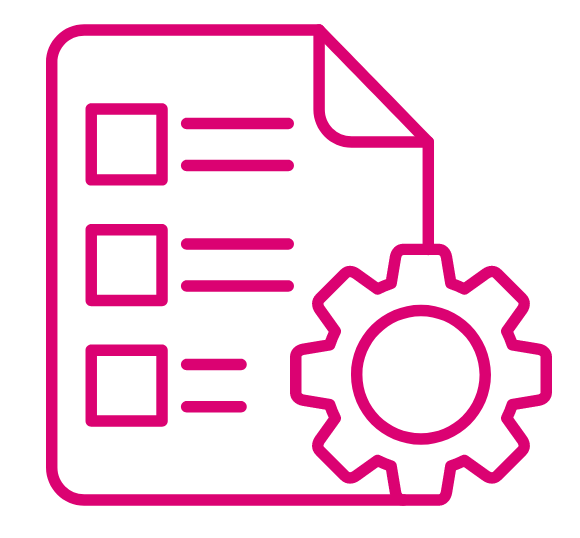
Development of new queries
This area focuses on developing novel queries to expand the scope of transit analysis. Tasks involve creating queries for greenery assessment (Green View Index), Transit-oriented Development (TOD) Index, and processing greenery and TOD data on a transit-node level for each city. These new queries provide deeper insights into the environmental and urban development aspects of transit systems, contributing to sustainable and efficient city planning.
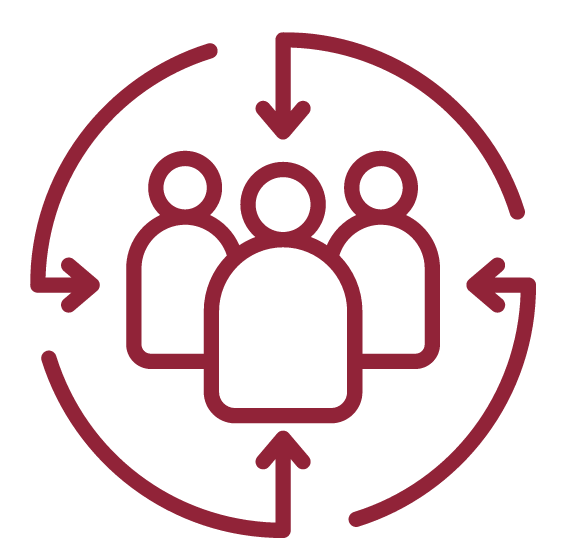
Exploration and implementation of new queries
Exploring and implementing new queries broadens the understanding of various aspects related to urban transit. Tasks include exploring socio-economic variables, assessing service quality, examining development potential and deriving socio-demographic indices. By exploring these diverse facets, researchers gain comprehensive insights into the socio-economic dynamics and developmental prospects associated with urban transportation systems.
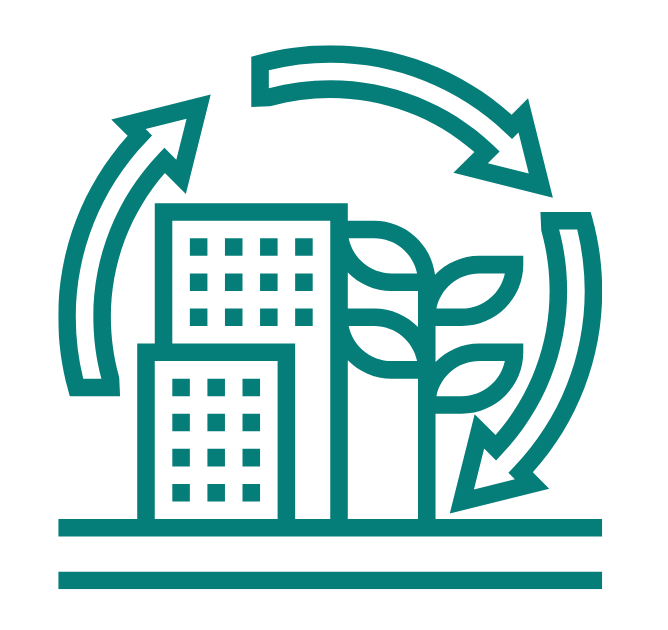
Integration of shared means of transport
Integrating shared means of transport into transit analysis is the objective here. Tasks include collecting and processing bike-sharing and car-sharing data, and building queries based on literature and derived parameters for each city. This integration enables a holistic view of multimodal transportation systems, fostering the development of efficient and sustainable urban mobility solutions.

Development of safety index
This area concentrates on developing a safety index for public spaces and transit systems. Tasks involve collecting and evaluating safety-related data, assessing query complexity and theoretical frameworks, integrating safety policies, utilizing GIS for identifying intervention areas and building safety queries for each city. Enhancing safety measures in transit systems is crucial for ensuring inclusive and accessible urban transportation environments.
Non-academic partners
Thank you to our non-academic partners for your support and trust.

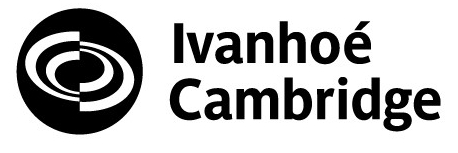
Funding
Volt-Age is funded by a $123-million grant from the Canada First Research Excellence Fund.


